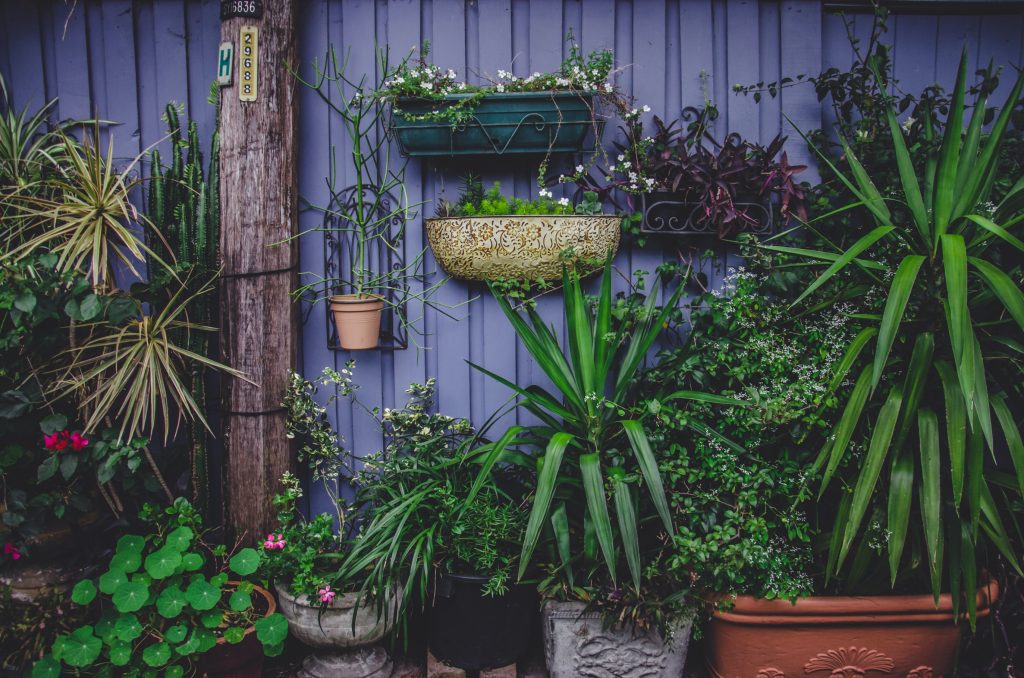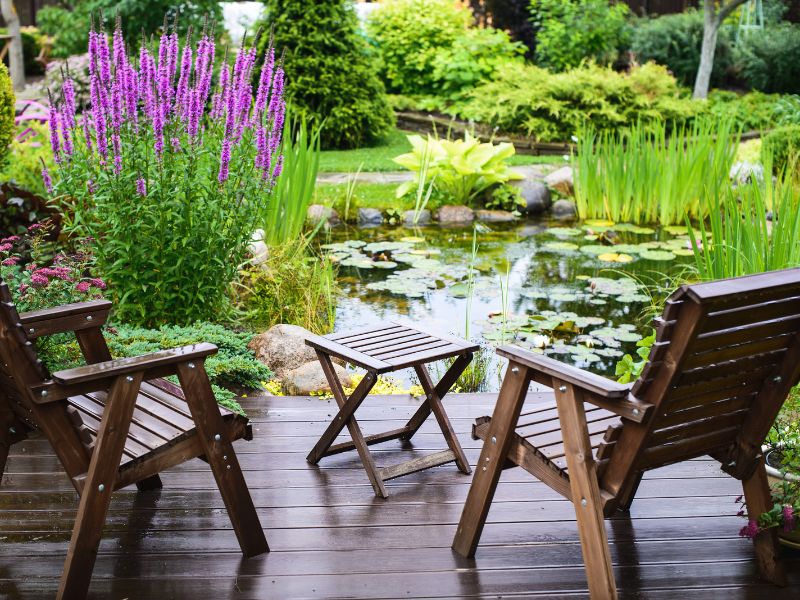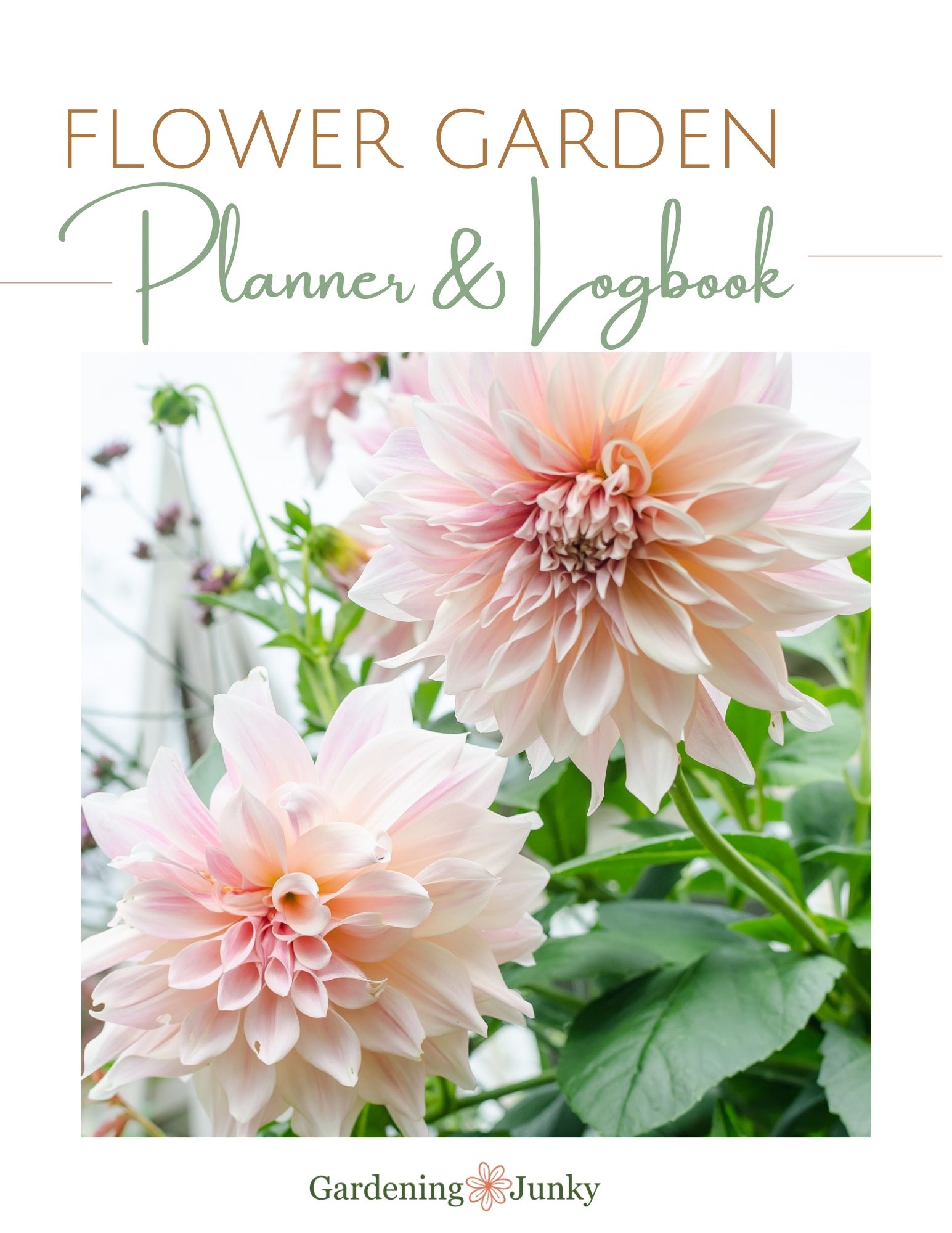Picking a Healthy Plant

When it comes to getting started with your garden, you have two choices; planting seeds, or buying entire plants. Both have their own benefits. If you plant seeds and care for them every day, you will find it is a much more rewarding experience when you have a full, healthy plant. However, this method is a lot more risky. I can’t tell you how many seeds I’ve planted and never seen any trace of whatsoever.
If you choose to buy the plant from a nursery and install it in your garden, it reduces a lot of the work involved in making it healthy. However, I have found in the past that many incompetent nursery workers will absolutely ruin the future of the plant by putting certain chemicals or fertilizers in. I have adapted to this incompetence by learning to choose the healthiest plant of the bunch. Here I will discuss some of the techniques I use in my screening process for plants.
It may sound superficial, but the one thing you need to check for on your prospective plants is how nice they look. As far as plants go, you can truly judge a book by its cover. If a plant has been treated healthily and has no diseases or pests, you can almost always tell by how nice it looks. If a plant has grown up in improper soil, or has harmful bugs living in it, you can tell from the holey leaves and wilted stems.
If you’re browsing the nursery shelves looking for your dream plant, you want to exclude anything that currently has flowers. Plants are less traumatized by the transplant if they do not currently have any flowers. It’s best to find ones that just consist of buds. However if all you have to choose from are flowering plants, then you should do the unthinkable and sever all of them. It will be worth it for the future health of the plant. I’ve found that transplanting a plant while it is blooming results in having a dead plant ninety percent of the time.
Always check the roots before you plop down the money to purchase the plant. Of course if the roots are in absolutely terrible condition you will be able to tell by looking at the rest of the plant. But if the roots are just slightly out of shape, then you probably won’t be able to tell just by looking at it. Inspect the roots very closely for any signs of brownness, rottenness, or softness. The roots should always be a firm, perfectly well formed infrastructure that holds all the soil together. One can easily tell if the roots are before or past their prime, depending on the root to soil ratio. If there are a ridiculous amount of roots with little soil, or a bunch of soil with few roots, you should not buy that plant.
If you find any abnormalities with the plant, whether it be the shape of the roots or any irregular features with the leaves, you should ask the nursery employees. While usually these things can be the sign of an unhealthy plant, occasionally there will be a logical explanation for it. Always give the nursery a chance before writing them off as horrendous. After all, they are (usually) professionals who have been dealing with plants for years.
So if you decide to take the easy route and get a plant from a nursery, you just have to remember that the health of the plants has been left up to someone you don’t know. Usually they do a good job, but you should always check for yourself. Also take every precaution you can to avoid transplant shock in the plant (when it has trouble adjusting to its new location, and therefore has health problems in the future). Usually the process goes smoothly, but you can never be too sure.






